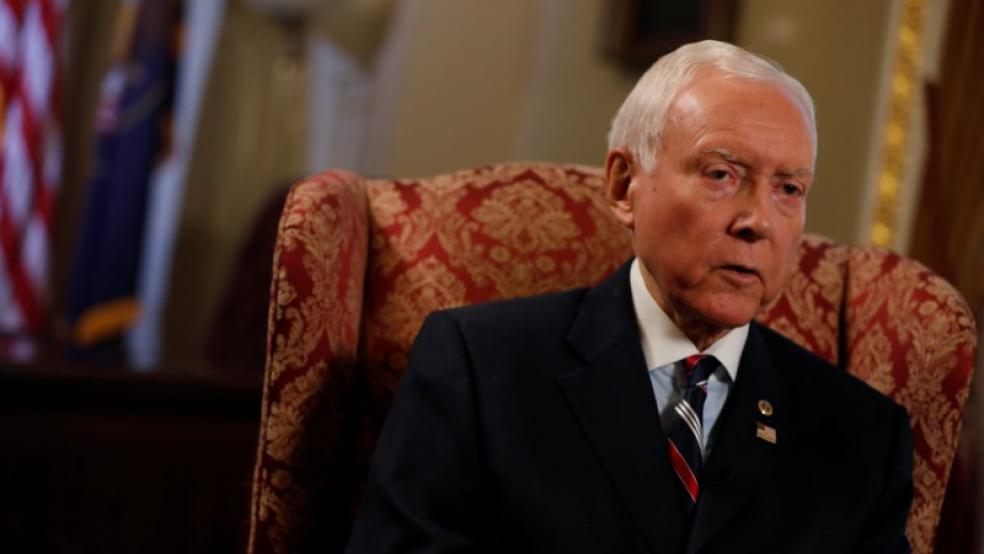Republicans in the Senate made some significant changes to their tax plan Tuesday night, altering both the fiscal math and the political calculus of their effort to reform the tax system. Perhaps most important in terms of the legislation getting enacted, the new version of the bill shows revenues becoming positive in 2017 according to an analysis by the Joint Committee on Taxation, a crucial litmus test facing the Senate as it aims to pass the legislation with a simple majority vote.
The updated bill tweaks the proposed seven tax brackets and expands the proposed tax breaks for pass-through businesses, though it would have those breaks sunset after 2025. Here are five other critical components of the revised bill:
1. Obamacare mandate is effectively repealed. The bill would eliminate the penalty created by the Affordable Care Act for not having health insurance, effectively repealing the individual mandate that applies to all Americans. The federal government would save an estimated $338 billion over 10 years as millions of people forgo insurance, and that money would be used to help pay for the tax cuts.
2. Individual tax cuts are temporary. Tax reductions for individuals, including the doubling of the standard deduction and the repeal of the alternative minimum tax, would expire at the end of 2025. This move would allow the bill to satisfy the Byrd Rule, which forbids deficits beyond the 10-year budget window for legislation passed through the reconciliation process. Critics are dismissing the move as a gimmick, charging that Republicans are expiring the individual tax cuts on paper while betting that the cuts will actually be extended when the time comes in 2025.
3. Corporate tax cuts are still permanent. Tax cuts for businesses face no expiration — providing Democrats with ammunition for their assault on the bill and what it says about GOP priorities. Sen. Ron Wyden of Oregon tweeted Wednesday, “The #GOPTaxPlan is an economic double standard with the middle class losing out BIG. Corporate breaks are locked in place, key thrown away – but what they are giving families is only TEMPORARY.”
4. Child tax credit increased: The revised bill raises the child tax credit to $2,000 per child, higher than the $1,650 defined in the previous bill and twice the current level. The credit would be available to families earning up to $500,000 a year. This move should please GOP Sens. Marco Rubio and Mike Lee, who called for a larger child tax credit, although the expiration of the credit after 2025 could be an issue. Analysts at the liberal Center on Budget and Policy Priorities point out that because the credit is not refundable, well-to-do families would see much larger benefit than millions of parents working in low-wage jobs.
5. A new measure of inflation remains in the bill: Both the House and Senate bills call for tax brackets to be adjusted for inflation each year using an index known as “chained CPI” rather than the standard Consumer Price Index currently in use. Chained CPI typically defines inflation at lower levels, which means that brackets and credits will increase more slowly over time. The move would raise more than $130 billion over 10 years, but the cost is not borne equally, with lower-income families feeling the pinch more than wealthier ones. Most critics agree that chained CPI is a more accurate measure of inflation, but the political optics of the change are hard to deny. “Fairly or not, the use of the new inflation index makes it harder for the Trump administration to fight off criticism that this tax reform benefits the rich much more than the rest,” writes Grep Ip of The Wall Street Journal.




